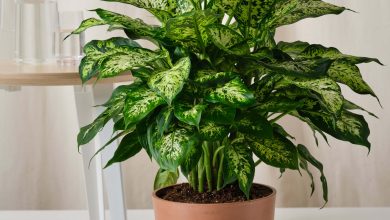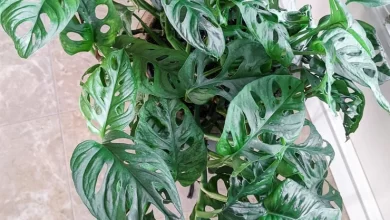Calcium deficiency in the Garden: How to provide calcium?
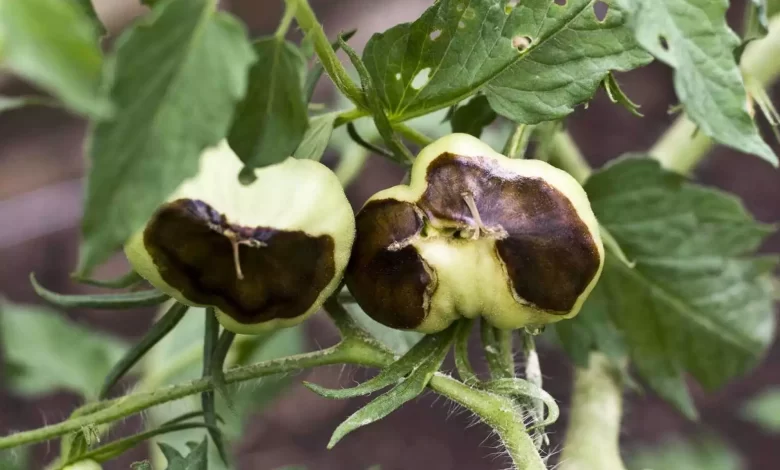
Very good to all Agrohuerters. Today I want to tell you about a problem that appears from time to time in our crops, calcium deficiency and how to solve it with ecological methods so as not to lose productivity in our garden or its organic character.
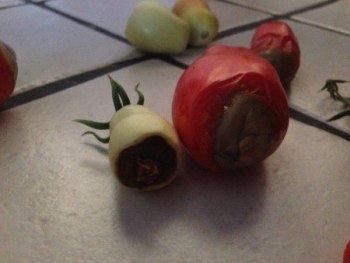
calcium in plants
Calcium is an essential macronutrient for the growth of our plants but unfortunately, although it can be found relatively easily in the soil, it is an element that is not very mobile (it is present in the substrate but in structures of low solubility, so its concentration in the soil solution soil is relatively low) and calcium uptake by plant roots is difficult.
The functions of calcium are varied, mainly it is a structural element as it is part of many tissues, from cell membranes to the middle layer, it regulates the opening and closing of stomata and contributes to the ionic balance of the plant by moderating the effects of sodium salinity, allowing cultivation in partially saline soils by reducing its toxic effects. This is why a marked deficit of this element can be very detrimental to our crops in the garden.
What is calcium deficiency?: Symptoms
If the growth of our plant is very high, situations of shortage of this nutrient may arise. To know the symptoms of calcium deficiency, we must carefully observe the growth areas of our plant such as the leaves or fruits.
In these areas, the demand for calcium will be greater as they are young structures that are continually creating new tissues, and if this demand is not met, the tissues can become deformed, acquire a blackish-brown appearance or slow down in root and apical development, assuming a loss in the productivity of our plant.
Calcium deficiency is a common problem in our orchards, the best known case could be the soft rot that appears at the apical end of tomatoes, known as peseta or ahongado, but it also affects other crops such as celery (forming a heart black), in lettuce (drying the edges of the leaves) or in watermelons and melons (appearing cracks on the surface of the fruits).
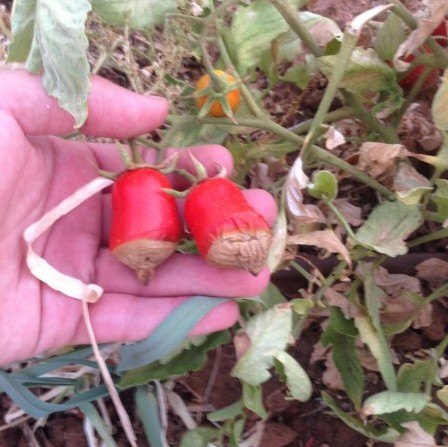
How do plants absorb calcium?
To alleviate calcium deficiency in our garden, we must first learn how our plants take calcium from the soil. Calcium is found in the soil as part of other mineral compounds (insoluble for plants) such as silicates, carbonates or phosphates. It also appears in the organic fraction of the soil and as a free cation Ca 2+, this is the form available to the roots.
Our plants take calcium together with water through the roots. This dissolved calcium will move through the plant depending on its water needs and its level of transpiration (let’s imagine that the plant sweats like us), so in situations of high temperatures the calcium will move along with the water to the areas that require more transpiration (you are hot and you sweat), these areas are the young tissues or those with the largest surface exposed to the sun, the leaves, the calcium lost in the leaves by evaporation does not reach the fruits, which is why this calcium deficiency occurs.
On the other hand a low level of transpiration can also cause calcium deficiency as well as a long period of drought. Therefore, calcium deficiency in our orchard is more closely linked to the water stress of the plant than to the content of the nutrient in the soil.
How to provide calcium to plants and the earth?
To alleviate calcium deficiency in our plants there are several simple and cheap methods.
Eggshell
The most common is to crush an egg shell and bury it in the ground in the place where we are going to plant our plant. In this way, a contribution of calcium is added to the soil, although minimal, since it is added in a form that is not very soluble for plants (Calcium carbonate CaCO 3), if your soil has a slightly acidic pH, the eggshell will decompose better, if You can’t always macerate it in some mild acid like vinegar to release some calcium before adding it.
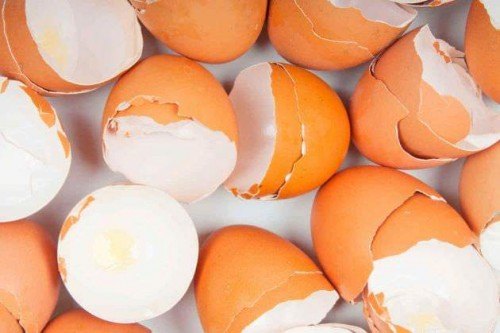
Calcium oxide
If your soil is somewhat basic, it will already be rich in salts that contain calcium. If you still observe absorption problems, it is most likely that there is calcium in the soil, but not in a form available to your plants. In this case you should amend the soil with calcium oxide (CaO).
Milk
We can also dilute a glass of milk in 1 L of water and add it to the affected plant with a sprayer or add powdered milk directly to the ground or on the leaves, with a few grams every 15 days is more than enough. There are people who use special pills like those recommended for osteoporosis and say they work well…
Control the watering of the plants
In any case, these remedies are extreme, to control that the supply of calcium in our plants is correct, we must pay attention to the irrigation of our garden so that there is no water stress and our plant does not suffer from calcium deficiency. Remember to water frequently in summer and never in the hottest hours.
Do not miss this video tutorial where we talk about the problem of calcium in tomatoes and how to solve it:
I hope you find the advice useful, any method of yours or doubt is welcome, greetings Agrohuerters.

![Photo of The Dieffenbachia: [Characteristics, Planting, Care, Irrigation and Substrate]](https://www.complete-gardening.com/wp-content/uploads/2022/08/the-dieffenbachia-characteristics-planting-care-irrigation-and-substrate-390x220.png)

